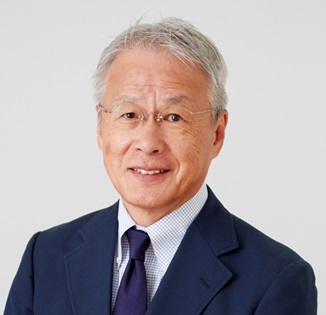
by Noriyuki Morimoto
There is a strange book with the title meaning The Guide to Make Money with Stamps. It was issued on November 1, 1964 by a company called Kitte Keizaisha (the Stamp Economy Company). The content is nothing of significance. If this book is to be meaningful today, it is not in the content, but in the issue year of 1964. Needless to say, this was the year of the Tokyo Olympic Games.
This book opens from both sides. Opening from the back cover, there is the “1965 version stamp investment catalog”, with photos of stamps and their prices. For example, the Ukiyo-e series “Mikaeri ” is 2000 yen. 2000 yen in 1964 is extremely expensive.
This part is called the investment catalog because of its evaluation of “investment value” for each stamp. The investment value of “Mikaeri” ranks the highest, with “triple circles”, something like a three-star evaluation. Its definition is “Active buying, high popularity, shortage of stock, price has been rising but will definitely keep going up, should purchase even when found higher than the market price.”
Now, when you look at online sites that sell stamps, apparently “Mikaeri” costs about 10,000 yen if it is in good condition. It seems that it was right to give it a three-star. However, looking at the whole picture, while there have been some price increases, others including Olympic stamps are lowering their value significantly. It seems that “Mikaeri” was rather an exception.
Actually, in the period from the 1964 Olympic year to the 1972 return of Okinawa to Japan, there was what can be called a stamp boom, stamp bubble, or stamp speculation, which chased the price increase of commemorative stamps. This is the background of the publication of The Guide to Make Money with Stamps. And after the return of Okinawa, the bubble burst. Why did the return of Okinawa matter to stamps?
Due to its return to the mainland, the Ryukyus government postal authority was to discontinue the issuance of stamps. This perceived rarity of Okinawan stamps was the reason for the inflow of speculative funds, which caused the Okinawa stamp bubble. One interesting thing is that one of the speculators that set up Okinawa stamp buyers was Kitte Keizaisha, the publisher of The Guide to Make Money with Stamps. This company apparently went bankrupt in June 1973 when the bubble burst.

Chief Executive Officer, HC Asset Management Co.,Ltd. Noriyuki Morimoto founded HC Asset Management in November 2002. As a pioneer investment consultant in Japan, he established the investment consulting business of Watson Wyatt K.K. (now Willis Towers Watson) in 1990.

